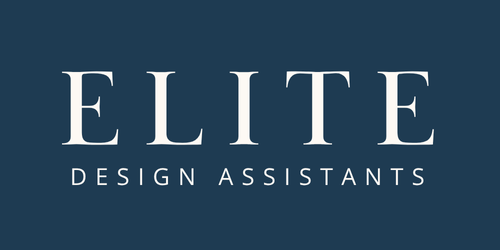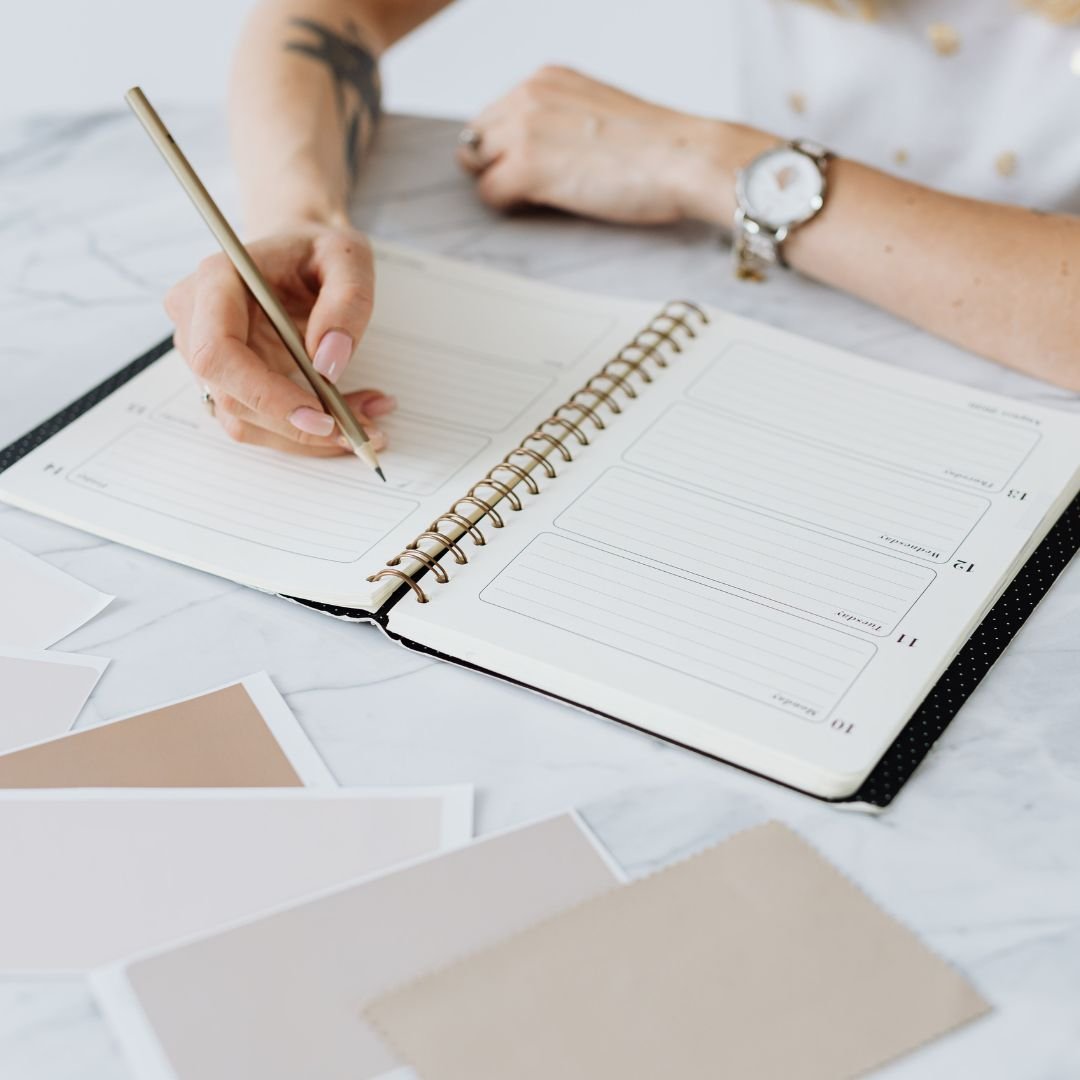Productivity Hacks That Are Actually Backfiring
/When your creativity is on the clock, productivity hacks can seem like the much-sought-after holy grail of efficiency and time management for interior designers. The market is flooded with books and courses promising to unlock the secrets that will finally make all of the facets of your work fall into place. Of course, there's always room for growth, learning, and fine-tuning our routines. But there are some so-called productivity hacks circulating out there that, if not approached correctly, might paradoxically hinder your progress. Let’s look at six examples!
1. Excessive Multitasking
The ability to juggle client meetings, design drafting, and supplier negotiations all at once seems like a superpower. The truth is that, just like we don’t have chameleon eyes, our brains aren't wired to handle multiple tasks effectively at the same time. Research suggests that multitasking can lead to reduced quality of work, increased stress levels, and even a drop in IQ comparable to missing a night's sleep. For tasks that require deep thought and creativity, like designing a living space, focusing on one task at a time ensures the highest quality of work and innovation.
2. Zero Inbox Policy
The famous zero inbox policy is supposed to eliminate the stress of a cluttered email inbox by keeping it empty or nearly empty at all times. While this sounds ideal, the constant checking, sorting, and managing of emails to maintain an empty inbox can become a massive distraction. It interrupts the creative flow essential for interior designers, pulling their focus away from design work to attend to an endless stream of emails. Scheduling specific times for email management can help maintain focus on design projects without the stress of an inbox calling your name.
3. Social Media Scheduling
Hear me out on this one. I’m absolutely in favor of batch-planning your posts with a neat content or editorial calendar. However, an over-reliance on scheduled content risks making your brand feel impersonal and disconnected from your audience. Engaging with followers in real-time, sharing behind-the-scenes glimpses into your design process, and leaving a little room for the spontaneity of real life can foster a stronger, more genuine connection with your audience, even if it means spending a bit more time on social media.
4. Skipping Breaks to Work Through
The myth that working longer hours without breaks boosts productivity is just that—a myth. Especially for interior designers, whose work demands high levels of creativity and problem-solving, taking regular breaks is essential. Skipping breaks can lead to burnout and a noticeable decline in the quality of your designs. Short breaks throughout the day can refresh your mind, boost creativity, and ultimately enhance the quality and productivity of your work.
5. Overusing Digital Tools
Relying too heavily on digital tools for inspiration can limit exposure to tangible elements that might spark creativity. While software and apps can be incredibly helpful, over-reliance on them can stifle creativity. Sometimes, stepping away from the screen and working with physical models, sketches, or just playing with physical samples can spark inspiration in ways that digital tools cannot. Balancing the use of technology with traditional design methods is where it’s at.
6. To-Do Lists
Here’s another example of how it all depends on how it’s done. Creating to-do lists is a basic organization tool. But some designers actually procrastinate more by categorizing and segmenting their to-do’s in different ways when what they really need to do is dig in. Sound familiar? Try prioritizing a few key tasks each day that will make a significant impact on your projects and lead to more focused and high-quality work.
At the end of the day, every interior designer is unique, with different rhythms, preferences, and work styles. Experimenting, reflecting, and adjusting your approach based on personal experience and well-being is key to finding a sustainable and effective productivity strategy. Remember, the goal is not just to do more in less time but to enhance the quality and creativity of your work while maintaining a healthy work-life balance.
xx, Danae










